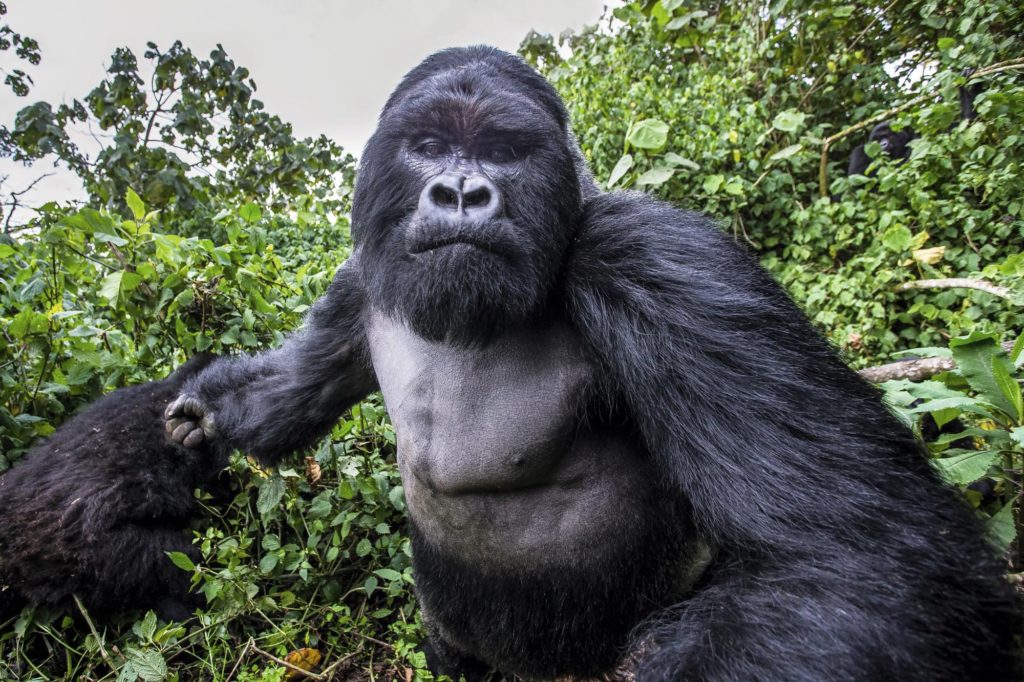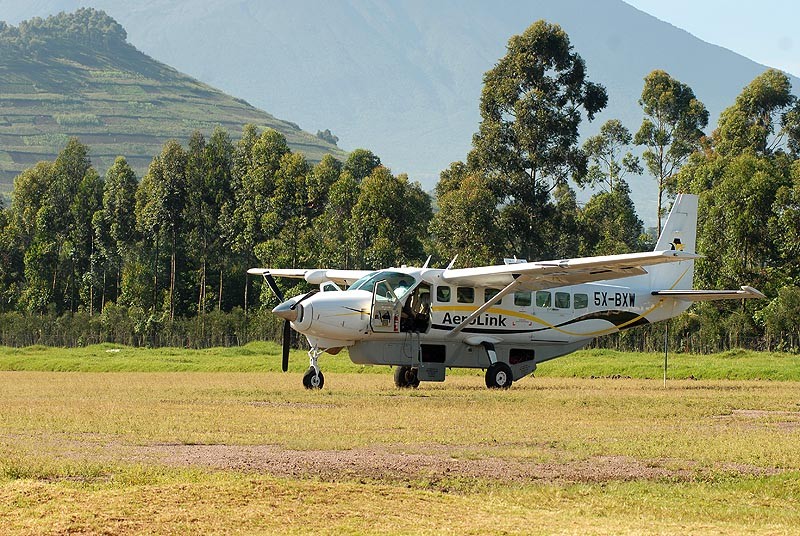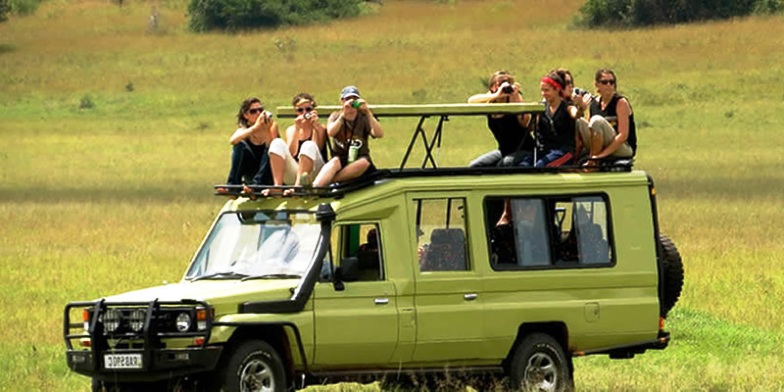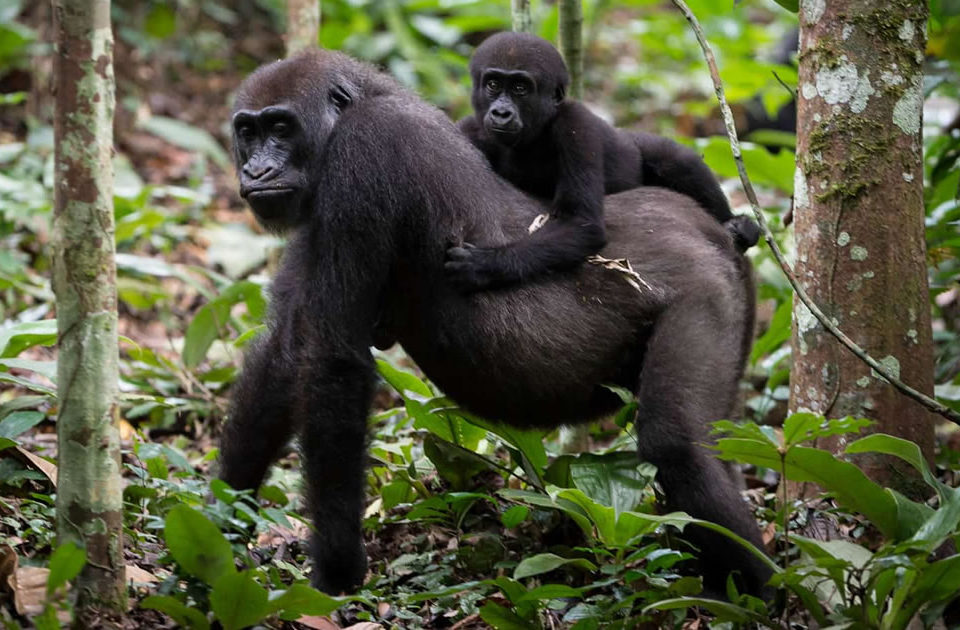Facts About The Cross River Gorillas
April 2, 2019Where to do sport fishing in Uganda?
May 10, 2019The most recent mountain gorilla census indicated that there was an outstanding increase in the number of mountain gorillas in the Virunga massif. This increment extended these giant apes from the critically endangered species to just endangered, and this is good news.
The fact that mountain gorillas are one of the rarest species in the world, gorilla trekking and habituation have topped the travel bucket lists of several people for now quite some good years without ceasing.
Thousands of tourists flock Uganda, Rwanda and the Democratic Republic of Congo each year just to watch the mighty giants of the forest carry on their daily routines in the thick jungle. These are the only three proud countries of mountain gorillas living in their natural habitats in the whole world, the rest you can find, might be gorillas in the zoos yet it’s very hard for a mountain gorilla to survive outside its natural habitat.

Gorilla trekking involves walking through the thick forest, having to pave your way out with a stick, dodging the thorny trees and walking on the slippery trails, all that, just in the name of hunting for the gorillas. On encountering them, spend an hour watching the juveniles play with each other, jumping from one tree branch to the other, silverbacks pounding their chests just to scare away the suspected enemies, female gorilla watching over their babies; the whole experience is simply awesome, it’s one that cannot easily be forgotten. Note that one can take as many pictures as he wants provided the camera doesn’t have a flash, it might scare away the apes.
The only difference with gorilla habituation is that, tourists doing habituation spend four full hours with the forest giants, time that almost more than enough to satisfy all your expectations and curiosity about the mountain gorillas. Fun enough, several tourists redo the same habituation on almost every safari to Uganda simply because, the experience is worth every penny spent and step walked.
However, the rapid increase in the number of gorillas in the jungle is probably rising above the rate at which gorilla habituation has been taking place in the Virunga massif. This population rise is now exerting a lot of pressure on the government of the gorilla countries, wildlife authorities and conversations who have always worked tirelessly to make sure the well-being of the gentle apes in the forests.
Immediate attention is needed to habituate more gorilla families, teach them how to live normally in the presence of humans, and also learn not to be scared of people; a process that doesn’t take only a few days, weeks or months. The increase in the number of wild gorilla groups creates a need for more efforts and speed in the habituation process of the forest giants.
However, governments of the proud homes of the mountain gorillas, together with wildlife authorities and conservationists have recruited more staff on the gorilla monitoring teams to quicken the work. Also strict rules and regulations about gorilla habituation have been put in place just ensure the safety of both the gorillas and the travelers as well as the guides.
And yes, with the increased number of trained and experienced guides and rangers, tourists trekking the gorillas shouldn’t worry of any uncertainties. The fact that even the insecurities reduced in Virunga massif, gorilla habituation is even safer than before.
Remember that Gorilla trekking and habituation can only be done in three African countries, Uganda, Rwanda and the Democratic republic of Congo. Almost three quarters of the endangered mountain gorillas dwell in Uganda’s Bwindi impenetrable forest national park and Mgahinga national park.
The remaining mountain gorilla population is in Volcanoes national park of Rwanda and Virunga national park of DR Congo. Up-close encounters with the mighty giants of the forest furnish lifetime memories, it is one experience no man should miss.



